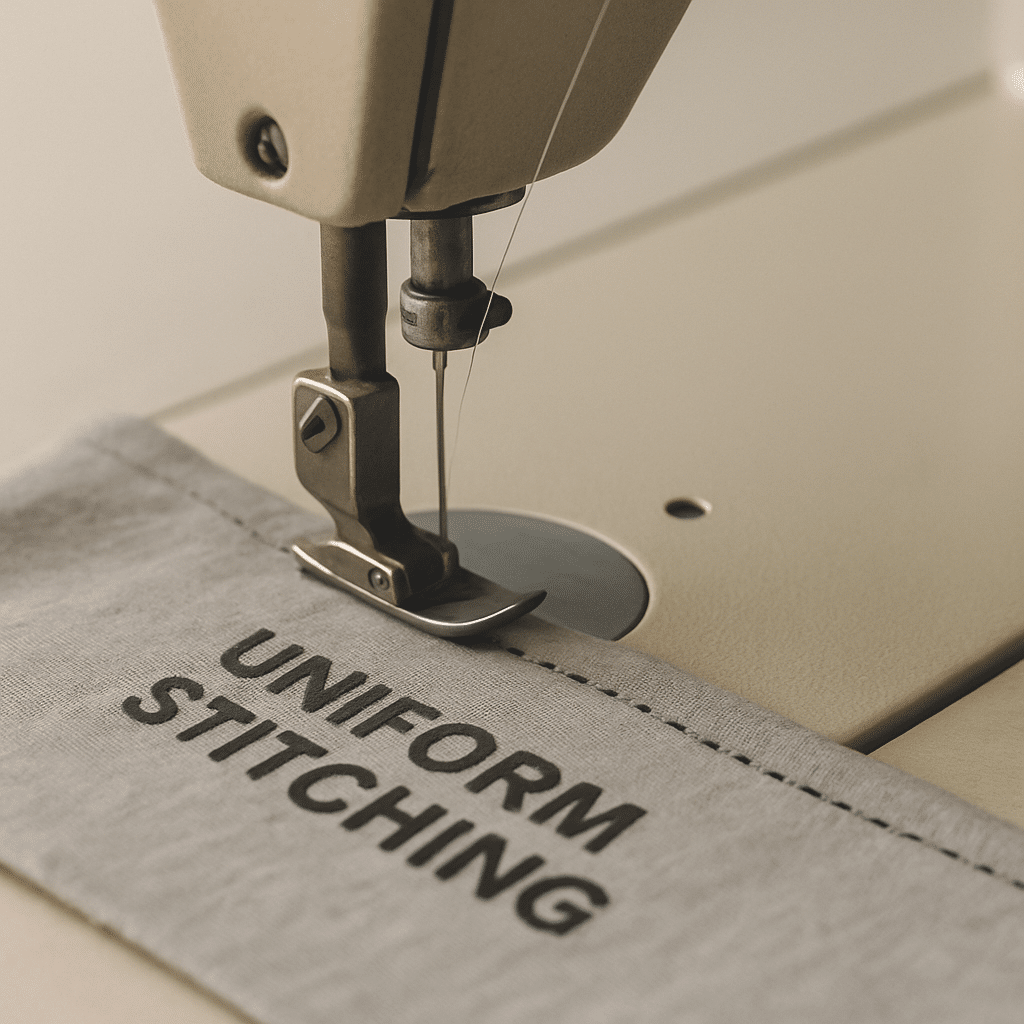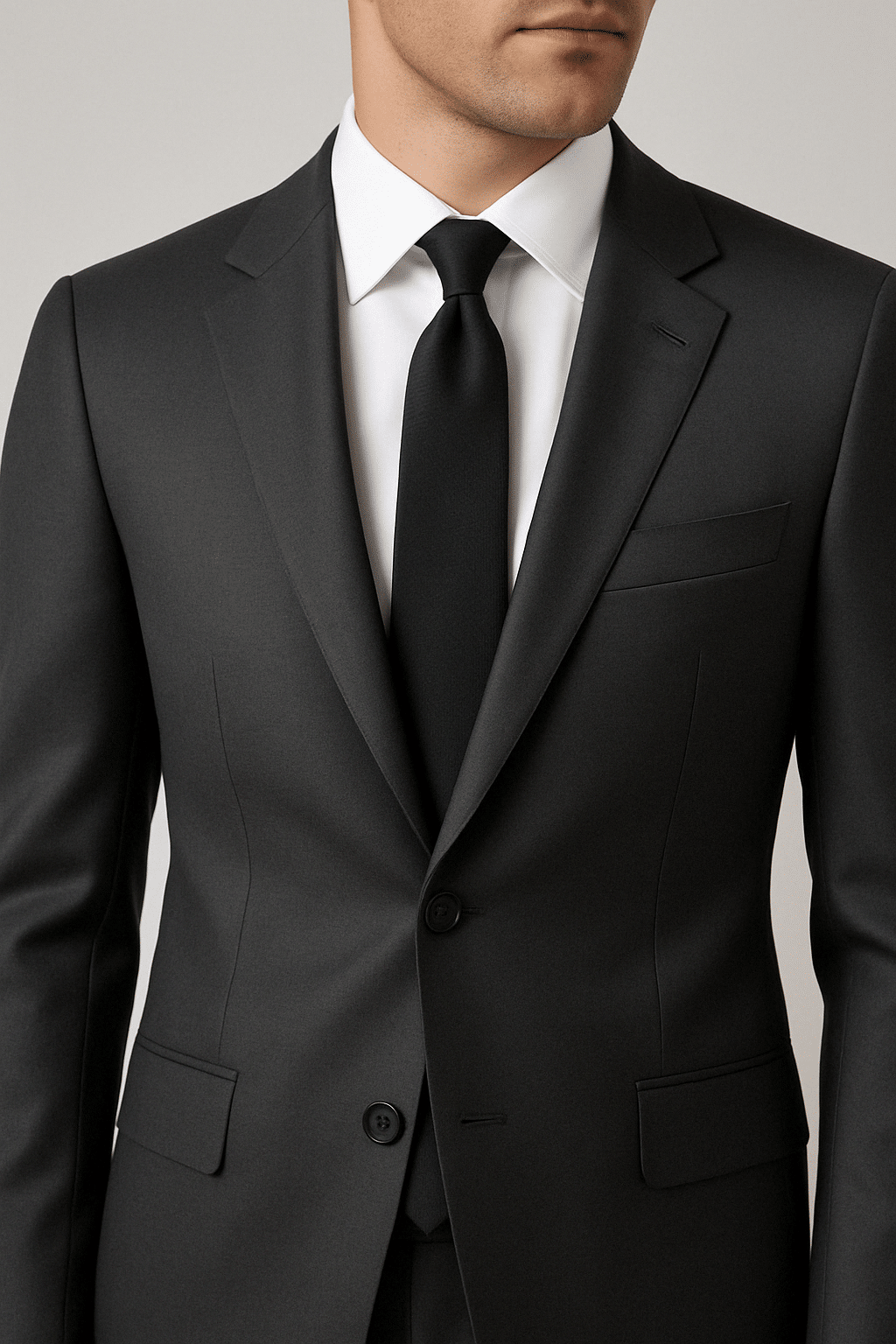Introduction to Uniform Stitching
Uniforms aren’t just about looking the part—they’re a core part of how employees feel at work. In fact, a study published in the Journal of Fashion Marketing and Management found that the design, practicality, and comfort of a uniform significantly affect how employees perceive their roles and satisfaction levels. That means your uniform choices don’t just influence appearance—they influence performance and pride, too.
If you’re outfitting a team—whether it’s in healthcare, hospitality, or a creative café setting—uniform stitching is a key part of the process. This guide breaks down everything you need to know: from picking the right fabric and taking accurate measurements to choosing the best stitching techniques and adding custom branding.
By the end, you’ll have a clear path to creating uniforms that are built to last—and made to impress.

Uniform Stitching
What Is Uniform Stitching?
Uniform stitching refers to the actual method of joining pieces of fabric to create a finished garment—think clean lines, strong seams, and a professional fit. It’s not just about holding the fabric together; it’s about making sure uniforms last through daily wear, regular washing, and the movement of real work.
Differences Between Tailoring and Stitching
Stitching is the construction. Tailoring is the art. While stitching is the functional part, tailoring adds the finesse—how the uniform contours to the body, how it allows movement, and how it complements a person’s frame. Both work together to create uniforms that are both practical and professional.
When to Choose Custom Uniform Stitching
Going custom is ideal if your staff have varied body types, or if you want uniforms that reflect your brand exactly. Whether you’re outfitting spa staff or creating stylish barista uniforms, custom stitching ensures your team not only looks good but feels comfortable too.
Read more: A Guide To Restaurant and Barista Uniforms
Choosing the Right Fabric
Fabric Types for Different Industries
Not every job is the same—and neither is the fabric it demands. Medical staff need breathable, antimicrobial fabrics. Hospitality uniforms benefit from stain-resistant materials. Offices may lean toward wrinkle-free blends. Picking the wrong fabric can result in discomfort, poor appearance, or faster wear and tear.
Climate Considerations in the UAE
If you’re sourcing from a uniform supplier in Dubai, make sure they’re offering materials suitable for the UAE climate such as Coreuniform. Think lightweight, moisture-wicking options for outdoor work, or comfortable cotton blends for indoor environments. Comfort and practicality go hand in hand in the heat.
Benefits of Blended and Antimicrobial Fabrics
Blended fabrics—like cotton-polyester—are known for balancing breathability with durability. Antimicrobial fabrics are a must for healthcare and food-related fields. They resist bacteria, odor, and frequent washing—perfect for industries where cleanliness is critical, like when considering how to wash lab coats.
Accurate Measurements for a Perfect Fit
Essential Measurements for Uniforms
Don’t guess. Accurate measurements are what transform a basic garment into a uniform that fits like a glove. From shoulder width to inseam length, these small details matter. Ill-fitting uniforms don’t just look bad—they feel bad.
Tips for Consistency and Precision
Always use a flexible tape measure, keep it level with the ground, and take multiple measurements for consistency. Use the same person or team to do all measurements if possible to avoid variation.
The Role of Sample Fittings
Before going all-in on a large order, get a sample made. It’s the best way to make sure your design, fabric, and sizing are all on point. Plus, it helps identify issues early—before you commit to bulk production.
Seam Allowance and Cutting Techniques
A good seam allowance (usually ½ to ⅝ inch) gives room for error, adjustment, and durability. Cutting, on the other hand, sets the stage for everything. Precision during cutting ensures all pieces align properly during stitching. A sloppy cut leads to uneven seams, poor fit, and a uniform that just doesn’t look right.
Stitching Techniques That Ensure Durability
Straight Stitching vs. Overlocking
Straight stitching is your basic go-to for strong seams. Overlocking (or serging) seals the fabric edges and prevents fraying—crucial for uniforms that go through heavy use and frequent washes.
Reinforcement with Double and Topstitching
High-stress areas like underarms or side seams benefit from double stitching. Topstitching, often visible on the outside, reinforces seams while giving a more finished, stylish look—great for visible parts of garments like T-shirt collars or apron seams. That’s especially important for T-shirt uniform care, where repeated laundering can weaken seams if they’re not reinforced.
Tailoring for Comfort and Functionality
A well-tailored uniform should never restrict movement. Whether it’s a waiter rushing between tables or a technician crouching under a desk, movement matters. Stretch panels, side gussets, and adjustable waistbands are easy additions that improve comfort dramatically. Think pockets that are actually useful and collars that don’t feel like a noose.
Customization and Branding Options
Embroidery and Logo Placement
If you want your brand to stand out, embroidery is the way to go. Embroider your logo on the chest, sleeve, or back. It’s more durable than printing and looks more premium. Make sure you test it on the actual fabric you’ll use—some materials handle embroidery better than others.
Personalization with Names and Roles
Adding names or job titles can help with team building and customer interaction. It gives a more personal touch and helps customers know who’s who—especially helpful in places like clinics, cafés, or events.
From Sample to Mass Production
Before going big, always start small. A sample gives you a tangible version of your vision and helps avoid costly mistakes. Once approved, bulk production should be handled by experienced uniform stitching companies who use industrial machines, quality control teams, and solid logistics.
Working with a reputable uniform supplier in Dubai means you get all of that—plus local expertise in what works best for the region’s climate, fashion expectations, and industries.
Conclusion
Uniform stitching plays a vital role in the overall quality, comfort, and presentation of any professional outfit. By paying attention to fabric selection, accurate measurements, durable stitching techniques, and thoughtful tailoring, you ensure your team not only looks sharp but feels great too.
From the initial design to final production, every step in the stitching process contributes to uniforms that truly represent your brand’s professionalism and attention to detail. When done right, it’s not just clothing—it’s a statement of quality.



